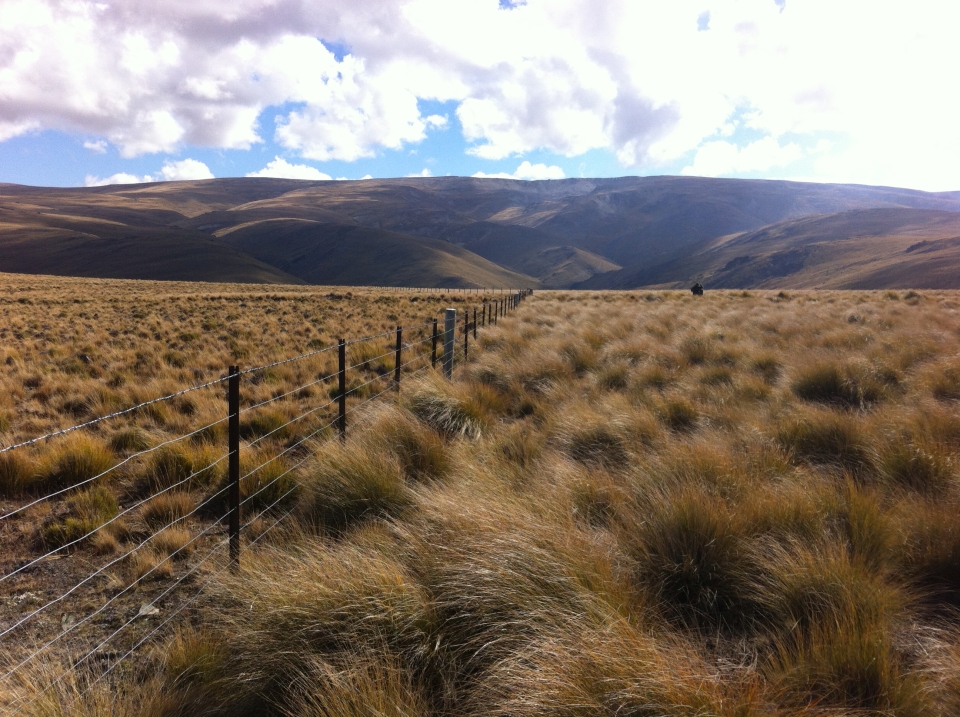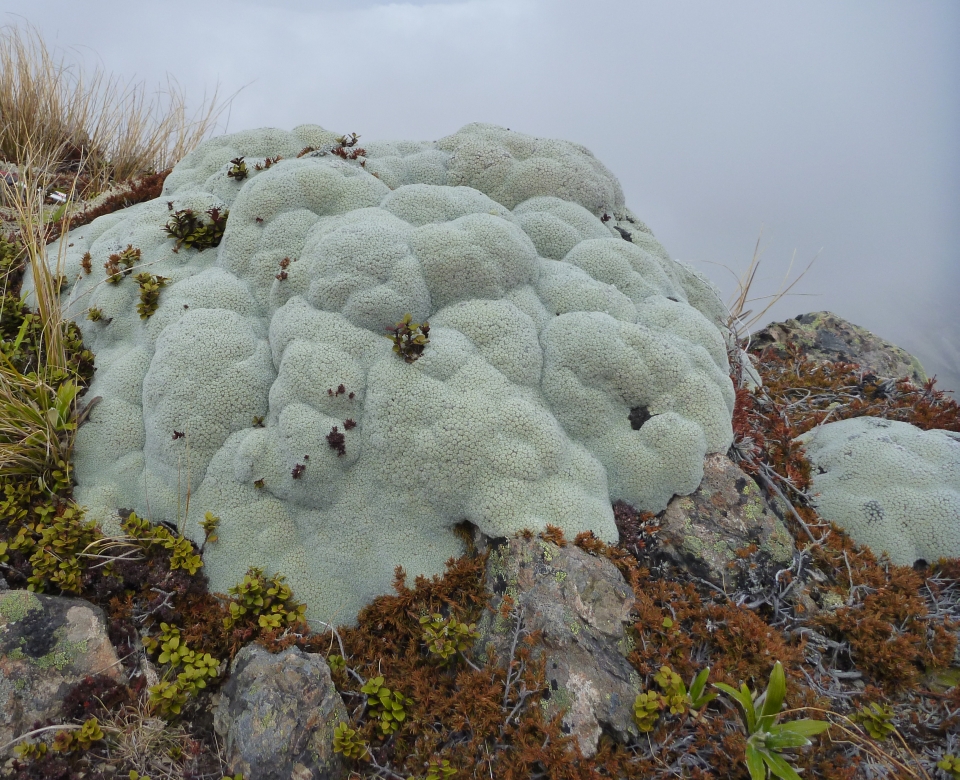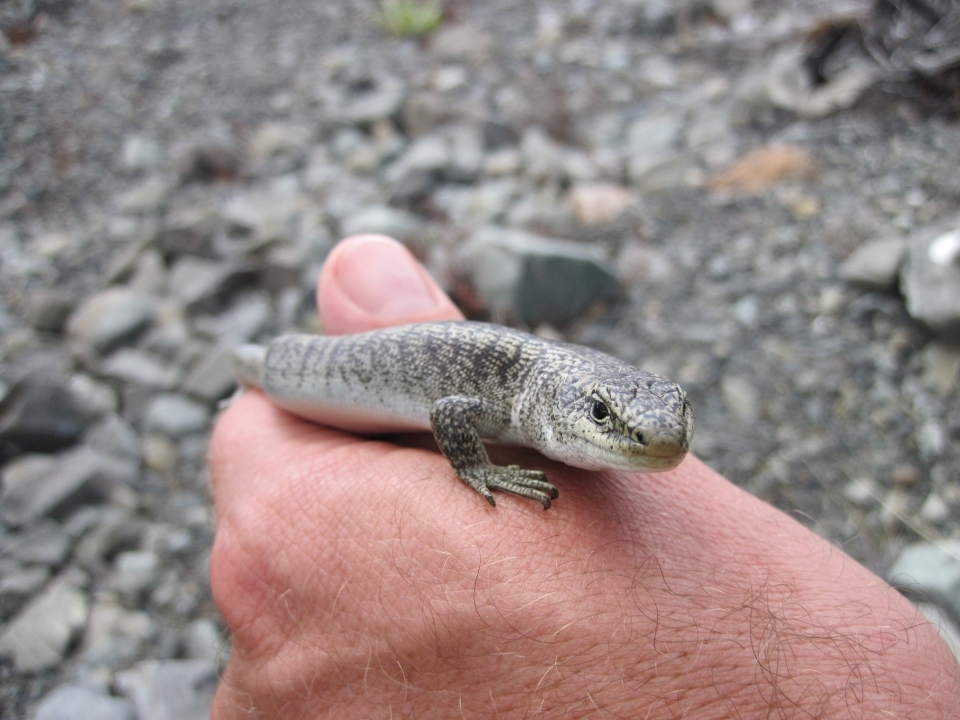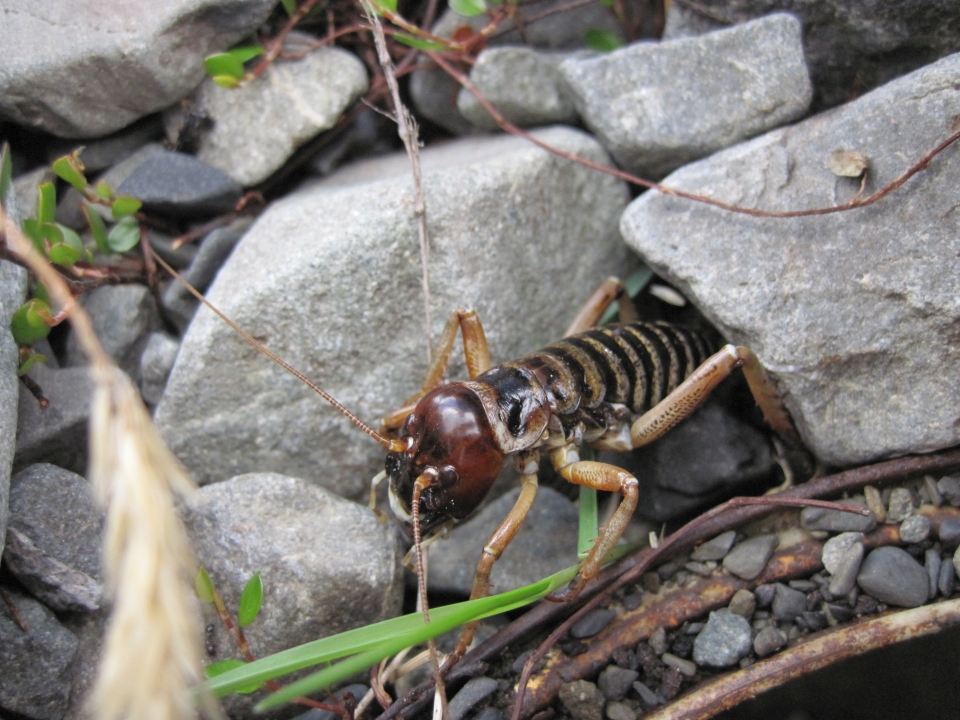You can contact LEARNZ, part of CORE Education, at:
Postal Address:
PO Box 13 678,
Christchurch 8141,
New Zealand
The high country supports a large variety of plants and animals (biodiversity).
The high country has a dry climate, and is often hot and windy as northwesterlies cause rain to fall on the Southern Alps, creating a rainshadow over the eastern grasslands of the Mackenzie Country.
Because much of the land is above 700 metres it is often cold. The days can be baking hot while the nights are freezing. In winter, snow covers the mountains and many lakes freeze.
Before humans arrived, much of the high country was forest. Oral histories say early Māori settlers burnt large areas of Otago and Canterbury to hunt moa, which were killed as they tried to escape.
When farming stops, tussock grasslands recover and trees begin to grow. This growth helps provide homes for animals and improve water quality.
After forests were burnt the high country became mostly tussock - ranging from red tussock in wetter areas to waist-high snowgrass on the mountainsides.
Small shrubby plants, such as hebe grew among the tussocks. Higher up, herbfields and cushion plants grew. Some of these plants are over 200-300 years old.
What do you think could damage tussock lands?
A huge range of insects live in the high country, including alpine butterflies, day-flying moths – even alpine wētā that survive freezing with a natural “anti-freeze” in their blood.
The high country has a large variety of skinks and geckos, often found only in small local areas.
Visit this year's Wetland Biodiversity field trip to find out more about lizards and other animals found in the high country.
A range of birds, some endangered, live in the high country, or migrate there to breed. These include;

,The tussock lands of the high country were once covered in forest. Image: LEARNZ.

,This plant is known as a vegetable sheep and can live for over 300 years. What type of plant is this? Image: LEARNZ.

,Despite the harsh conditions in the high country many insects can be found here. What type of insect is this? Image: LEARNZ.

,Skinks and geckos are found in the high country. This is a rare scree skink. Image: LEARNZ.

This mountain stone wētā has an anti-freeze in its blood to help it survive in freezing conditions. What other examples of adaptation can you think of that a high country animal has? Image: LEARNZ.
Choose a plant or animal which lives in the Mackenzie Country and find out more about it.